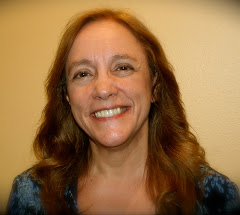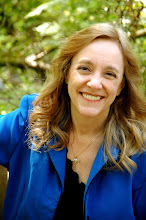The first chapter of a novel needs to “hook” the reader, riveting his or her eyes to the page and creating an intense desire to read on and learn more about the characters and what happens to them. This is not an easy task, but it’s absolutely essential.
The best way to start a story is to show the main character of the book, with an immediate problem, doing something interesting. Involve the reader quickly with this character, arouse curiosity, and give the casual browser who picks up your book the feeling that he or she must know more about what this character is doing and why. Long expositions and descriptions will not grip a busy reader.
In your first few paragraphs, answer the usual questions—Who? What? Where? When? How? Why? Who’s the main character and who else is in the scene? What are they doing? Where are they? When is this scene taking place: the era (unless it’s contemporary), season (if that’s important for readers to know), time of day? How are they coping with the immediate problem? Why can’t this problem be easily solved?
The first chapter should show the “inciting incident”—what happens that changes the character’s normal world and previous life direction. What new goals arise as a result of this incident, and what obstacles stand in the way of accomplishing those goals?
Don’t spend too much time inside a character’s head, alone with his/her thoughts. Include one or two of the major secondary characters in the opening scene to provide interaction. This will enable your reader to come to know your main characters and relate to them right away. Don’t introduce too many characters in the first chapter or your reader will have a hard time keeping everyone straight and remembering who they all are.
Don’t have your characters just stand around talking. Give them something interesting to do. And watch out for “author exposition”—you, the author, telling readers what you think they need to know through character dialogue that’s not realistic or natural.
Weave in pertinent information in bits and pieces that relate to the action. Avoid giving big chunks of backstory or description that aren’t directly connected to what’s happening.
The first few chapters should establish who the main characters are, what events of major significance happened to them before the story started, what is happening to them now, what the main problem in the story is, who (and/or what) is—or will likely be—in opposition to the goals of your main characters, why those goals are important to them, and what they are going to be forced to do to accomplish their goals. Set the “hook” you established in the opening scene, and reel in readers with bait they can’t resist.
Subscribe to:
Post Comments (Atom)


No comments:
Post a Comment